All images courtesy of O’Donnell Media or https://teslatheband.com/photos/live-photos/
[email protected]
When you fire up a Zoom call, and you see your interviewee rifling through newly bought vinyl records with one of their dogs right by their side, you know it’s going to be a great chat.
And what a great chat it was with Brian Wheat of Tesla. Wheat is currently settling in with Tesla as they embark on their ongoing Las Vegas residency at the vaunted House of Blues Las Vegas. Having played dates earlier in the year at the aforementioned venue with overwhelming results, there has been a demand for more Tesla.
So, more Tesla fans shall receive. Beginning on September 29, we’ll see five more dates marking the return of the four-decades-young powerhouse of rock, metal, and glam. Beyond that, considering they’ve been around for over 40 years, Tesla has earned its stripes touring with Def Leppard, Alice Cooper, and Poison.
Plus, they’ve been ranked in VH1’s top 100 Greatest Artists of Hair Metal. Not too shabby. Unlike many, Tesla has thrived beyond the ’80s, surviving the grunge onslaught of the ’90s and beyond. In short, Tesla is here to stay, and they aren’t afraid to show it.
In this interview with Tesla bassist Brian Wheat, VWMusic dialed in with the veteran bassist in covering the band’s Las Vegas residency, Wheat’s managerial role within Tesla, and the evolution of Tesla’s mindset at they mature.
How has your Las Vegas residency gone thus far?
It was great. Every night was sold out, and it went so well that they added another five shows at the end of September into the beginning of October, so we’re going to do an encore performance. Beyond that, we’re playing all year. We have about 60 shows in total booked.
Are any pros and cons to having a residency vs. regular touring?
I would say neither. I see either is specific as to what it is, whether we’re on a tour bus doing ten shows in a row, flying out on a Thursday and playing Friday and Saturday, then flying back on Sunday or doing a weekend in Vegas. It’s all good. I’m proud to be still playing music 40 years later, having people pay to see us play and join us; I see it as a win-win. There is no loss. We’re just happy to be here. Frank [Hannon] and I started the band in 1981. Jeff [Keith] came in in 1983. So, it’s been Frank, Jeff, and I for 39 years. That itself is quite a feat to have everybody together for that long.
But Tesla did break up from ’96 through 2000, right? Why prompted that?
We had four years where we should have just taken a break or hiatus, and we called it a breakup. It was probably best for us because it got everyone’s heads back in the right space. I mean… when you think about it… we’ve been together for 23 years since then. So, for the first time —from ’83 to ’96— we got our minds right, and we realize what we have is a very special thing and to treat it with respect.
How would you say touring now differs from your ’80s heyday?
We still do a lot of shows for a singer that’s 64, a bass player that’s 60, and a guitar player that’s going to be 45. We aren’t kids anymore. We used to do 150 to 200 shows a year when we first started, but we were 21. When we were young, many of us had the mindset of sex, drugs, and rock ‘n’ roll. But now it’s a business, and we treat it like a business. For that hour and a half that we’re on stage, it’s rock ‘n’ roll, man. That’s what it’s all about.
The other part of the day it’s not the sex and drugs. It’s about keeping yourself together to do the rocking ‘n’ rolling [Laughs]. But I think that’s typical of anyone my age or older that’s been doing this as long as we’ve been doing it. You start immature, and you do those crazy things, and that’s part of growth. Then you get older and wiser and take a few hard licks, and you either get it right or fucking die.
Tell me about the live record on the way.
We have a live album coming out soon, Live at Full Throttle Saloon. We recorded it at the Sturgis Bike Rally last year, and it’s got eight tracks from that show. We also did a cover of an Aerosmith song from Get Your Wings called “S.O.S. (Too Bad)” that we did in the studio. That’s the ninth track, and it comes out this Memorial Day weekend.

All images courtesy of O’Donnell Media or https://teslatheband.com/photos/live-photos/
Are there plans for a studio album as well?
We have another track we’re working on that will come out in the summer. At this point in our career, doing an album takes so much time. That’s something we get asked all the time, and they say, “What, are you just doing singles now?” I’d say, “Yeah, right now we are, but that can all change next week.” So right now, we feel more like doing singles. We will do a whole album again, but it’s not on our priority list. When you get to our age, the main thing is that we’re still playing live. Maybe we’ll make music in the studio when we can’t play live. But for now, we’d rather spend that time going out and playing for our fans.
Why was Tesla able to maintain its success in the ’90s despite the grunge movement?
The first ten years were a cycle of albums and tours with hardly any breaks. And that’s why I think we went on that break. We were not slacking for those years leading up to the break. And really, some of our biggest tours were in arenas in ’91, ’92, and ’93. People forgot about albums like Psychotic Supper, but we were headlining arenas in America still. Then we put out Bust a Nut, which wasn’t the same. That’s when we broke up. But even still, Bust a Nut sold 800,000 copies, which was considered a failure at the time. It was the first album we did that wasn’t platinum, but we “only” sold 800,000.
To consider 800,000 sales a failure is just mindboggling…
By today’s standards, yes, but at the time, that was the mindset of the record company, our managers, and everyone else that we failed. We had four in a row that went platinum, and the fifth one didn’t work… failure. That’s what was fed into our brains, which resulted in us breaking up. We were defeated and deflated because we thought we were all right. We weren’t in arenas anymore; we were in halls and theaters. The people who make money from you saw this new thing called grunge, and they forget about you.
There was no “You’re going to be a career band, and we’re going to stick through with you and encourage you.” There was no encouragement at all. And I say that pissed off now because our managers or record company didn’t encourage us. We were discouraged. They didn’t do anything to help, and we imploded. But ultimately, it was on us.
Now, as I look at the 23 years since we got back together, I’m more proud of that, even though we don’t have the platinum records and all that stuff. We’ve managed to keep the band together for 23 years and be very successful. That’s all that matters to me. What matters now is what the guys in the band think, not some record company or manager. The true gauge is the fans, and we see how they react when we play certain songs; they go nuts, cry, or whatever. That’s the gauge, not somebody making money from us.
All the record companies see are numbers; you see everything firsthand, the passion, the fans…
We’re out there every fucking night, not the managers and not the record company. That’s why I manage the band now; I’ve managed the band for 18 of the last 23 years because no one knows the band better than we do. The guys trust me. I mean, the thing with Jeff, Frank, and I, it’s like a triangle, right? So you’ve got Jeff, this amazing lead singer, and Frank, this musical genius. And then over here, I’m the business guy, and that seems to work well, and it’s got us this far. And as I said, we’re going on 39 years together, the three of us, 41 for Frank and I, so I think we’re gonna continue that path.
What are your thoughts on the hair metal revival regarding vinyl?
I actually went shopping yesterday and found some Def Leppard, Elton John, My Chemical Romance, Cheap Trick, and one of my favorite pop bands, Matchbox 20. I’ve got about 8,000 vinyl records and six different systems to listen on. I think it’s great.
How has your approach to recording changed over the years?
We started recording on tape machines, and now we record digitally with Pro Tools. So, a lot has changed, but we still approach it the same. We use the technology when necessary; we don’t rely on it. We still pride ourselves on being able to get in a room and play, and I think Tesla does that very well. I believe we are one of the only bands out there that can really play, we may not have had an album like Back in Black, Pyromania, Slippery When Wet, and Dr. Feelgood, aka the 10 million sellers, but we can plug and play with any of those.
You’re still playing Hofner and Thunderbird bass guitars. What goes into those choices?
Yeah, man! I’ve played the Thunderbirds since day one because I was a massive Pete Way [UFO] fan. He used to play them, and I thought he was the coolest-looking bass player ever. I like to say, “And on the eighth day, God created Paul McCarney.” I think a lot of people would agree. But I learned how to play on a Hofner. I got one in ’89 on our second album, and I’ve been playing one ever since. You’ll see me playing a Hofner or Thunderbird when I play live, depending on the song.
As a player, the Hofner is my favorite because I can do more on it. The next easiest for me are Thunderbirds, but they can be kind of an awkward bass to play because they’re top-heavy. I have to put these weights on the strap to even it out, and they sound and look amazing. So, the Hofner is easier to play, and you have to play them differently. You can’t play a Hofner like you can play a Thunderbird; the Thunderbird you can play with a light touch, but with the Hofner, you’ve got to dig into it.
All images courtesy of O’Donnell Media or https://teslatheband.com/photos/live-photos/
I understand you’re into photography as well. How did you get into photography?
I did a lot of photography which has transformed into this art thing where I take pictures and print them on canvas, then paint on the canvas. I’ve got photography, painting, and graphic art married together and have been evolving my art with PhotoShop, so it’s just evolved into this. I approach everything in a very fundamental way. You can do many things if you apply yourself, even if you do them well, but just go for it, you know?
One of my best friends is Ross Halfin. He’s a famous rock photographer. We used to take a lot of trips together all around the world to all kinds of interesting places, Thailand, Vietnam, Burma, all sorts of places. And I’d always be with him. I’ll be holding his cameras while he was taking pictures of temples or wherever and one day, he handed me one of his little Leica and told me to go ahead and mess around. I started on my iPhone; I take that back.
I used to kid Ross; I used to say, I’m the world’s greatest iPhone photographer. And he used to bust my balls about that [Laughs]. But that’s how I got into photography; just hanging out with Ross. I’m not a very good technical photographer but great with compositional stuff. So again, it’s that fundamental thing, right? Forget the technical aspect; you can still be good without that. It’s the same with music; if you write a good song, you can have a shitty recording that people will forget.
What kind of photography are you involved with specifically?
I like taking pictures of places; I like to travel a lot; people say, “Oh, you must have seen a lot of the world.” But I haven’t because when you’re on tour, you don’t have time. There’s this regiment of bus, hotel, gig, bus, hotel, gig, you don’t get much time, so I do it on my own. I like to take pictures of places I go. If you look at my portfolio, It’s a lot of places and things.
Not people, though. I don’t like photographing people because I’m not good at it. I have taken a couple of great pictures. One time I took a picture of this monk praying in a temple in Burma. I sent it to Nikki Sixx —he’s a great photographer as well— and he loved that picture, but that was just lucky. People who can take portraits of people, that’s an art in itself.
Anthony Montalbano is a contributor for VWWMusic and may be reached at [email protected]
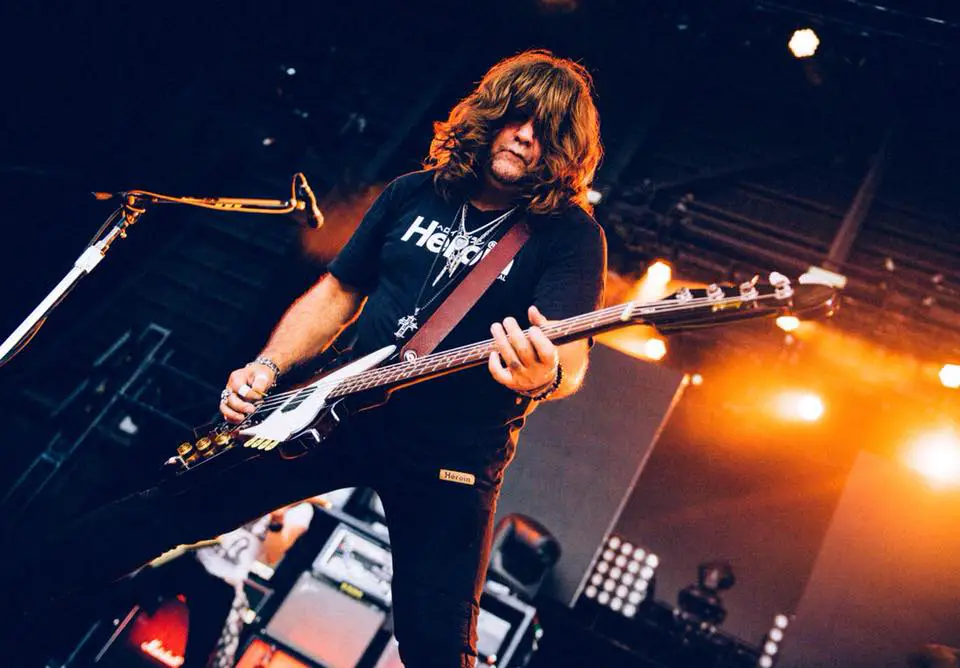
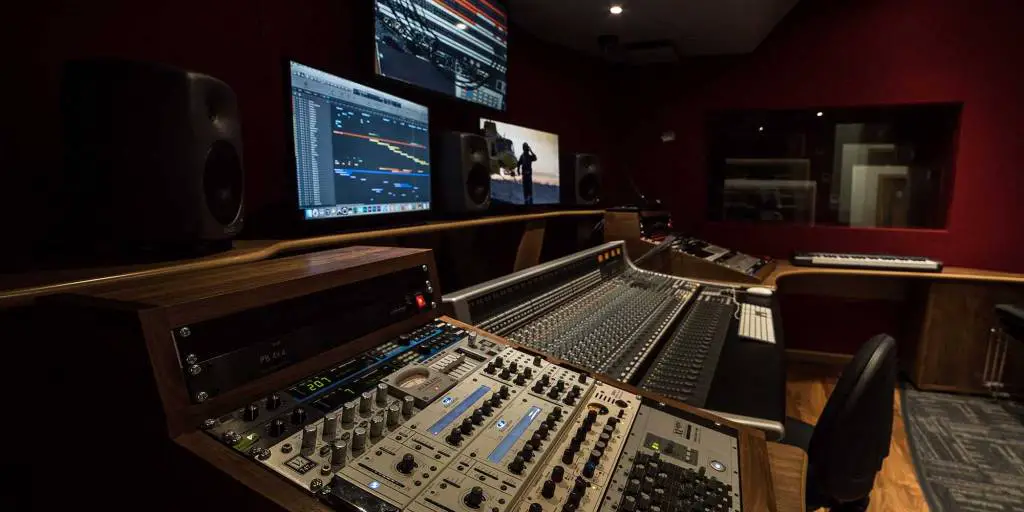
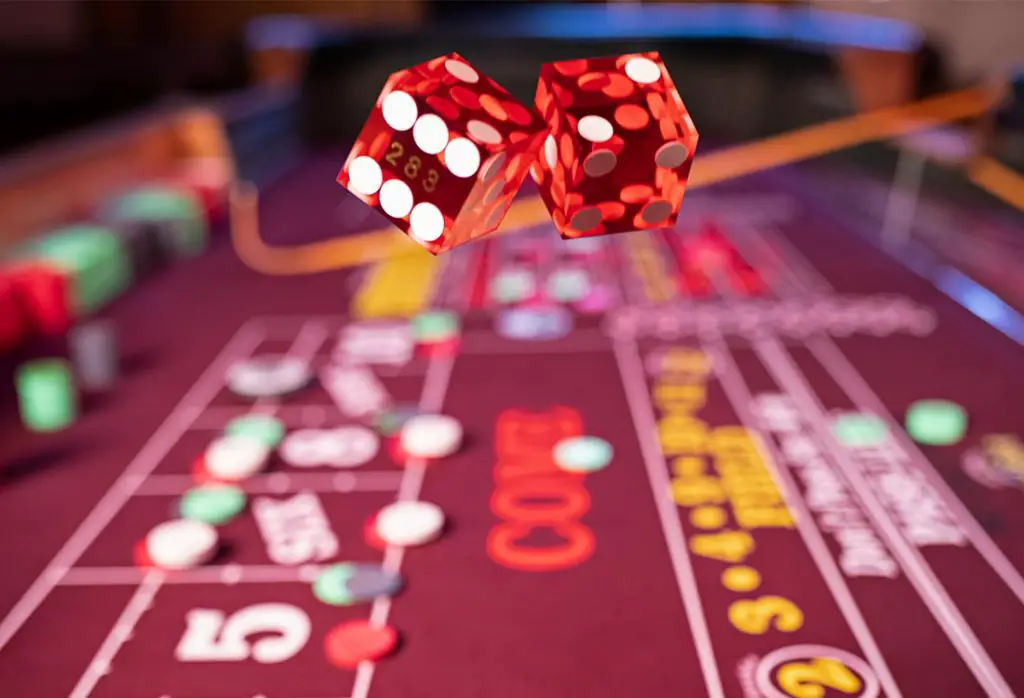
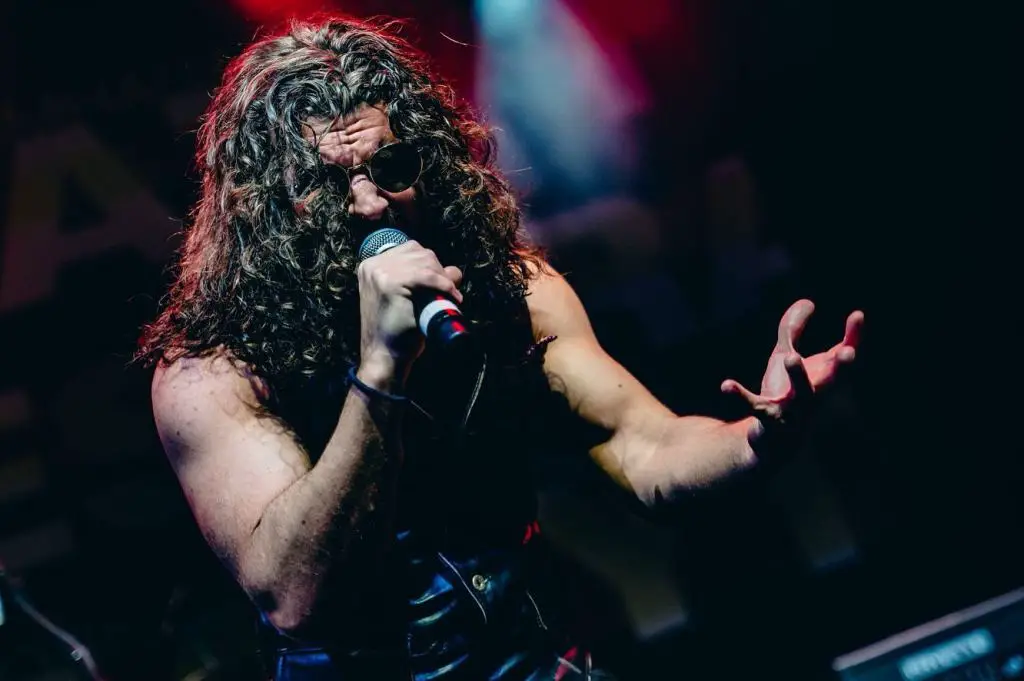
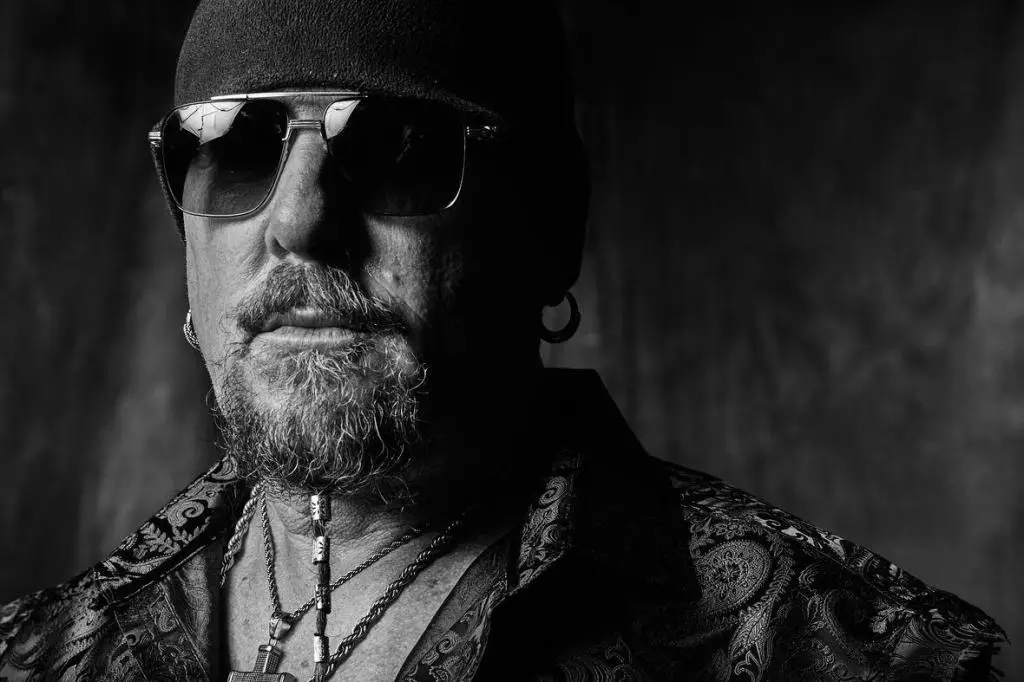
Leave a Reply